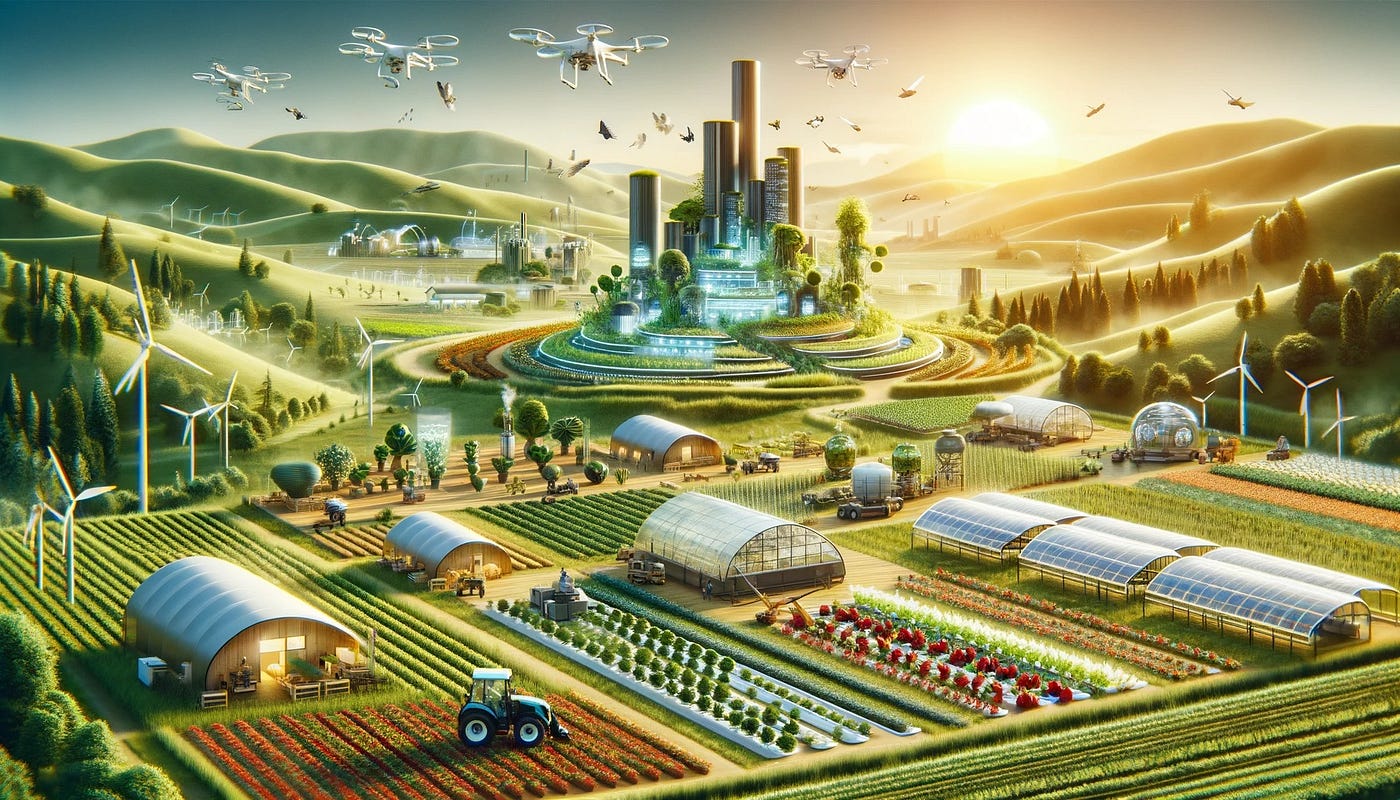
Innovative Eco-Friendly Home Solutions for a Sustainable Future
As we step towards a greener world, eco-friendly home solutions are revolutionizing the way we live. These advancements not only help reduce environmental impact but also improve our quality of life and provide long-term cost benefits. From cutting-edge technology to sustainable building practices, the possibilities are boundless.
The Rise of Smart Energy Management Systems
Smart energy management systems are transforming how homes consume energy. These systems leverage artificial intelligence (AI) to optimize energy usage by automatically adjusting heating, cooling, and lighting. For instance:
- Dynamic Energy Optimization: By analyzing patterns in occupancy and time of day, systems reduce unnecessary energy consumption.
- Predictive Analytics: Advanced AI predicts energy needs using weather forecasts and user habits, ensuring efficiency without manual intervention.
This integration not only reduces electricity bills but also minimizes the home's carbon footprint, making it a win-win for both homeowners and the planet.
Sustainable Building Materials
Sustainable building materials are redefining traditional construction practices. Innovations include:
- Recycled Plastic Bricks: These bricks are made from repurposed waste, offering durability and reducing landfill overflow.
- Mycelium Insulation: Derived from fungi, this biodegradable material provides excellent thermal insulation while being environmentally friendly.
The adoption of such materials ensures a significant reduction in construction waste and greenhouse gas emissions.
Water Conservation Innovations
Water conservation is crucial in creating sustainable homes. Recent advancements include:
- Greywater Recycling Systems: These systems capture and repurpose water from sinks and showers for irrigation or toilet flushing.
- Water-Saving Fixtures: Low-flow faucets and smart irrigation systems significantly reduce water usage without compromising efficiency.
Such solutions are easy to implement and drastically lower water bills, promoting responsible water usage.
The Impact of Vertical Gardens
Vertical gardens are becoming an integral part of eco-friendly homes, especially in urban settings. They provide:
- Fresh Produce: Rooftop farms and vertical setups enable homeowners to grow their own vegetables.
- Improved Air Quality: Greenery helps absorb pollutants and reduce carbon dioxide levels.
Some innovative designs even incorporate aquaponics systems, where plants and fish thrive in a closed-loop ecosystem.
Net-Zero Homes: The Future of Sustainability
Net-zero homes, which produce as much energy as they consume, are rapidly gaining traction. Key features include:
- Renewable Energy Sources: Solar panels and wind turbines power these homes.
- Energy-Efficient Designs: Enhanced insulation, triple-glazed windows, and strategic layouts ensure minimal energy wastage.
Such homes represent the pinnacle of sustainable living and are pivotal to combating climate change.
Advancements in Energy Storage Technology
Energy storage systems are essential for off-grid living and efficient energy use. Modern solutions like lithium-ion batteries and thermal storage systems enable:
- Storing surplus energy from solar panels for nighttime use.
- Reducing dependency on traditional power grids.
These advancements make it easier for homeowners to transition to renewable energy systems.
Eco-Friendly Home Designs
Architectural innovations emphasize sustainability through:
- Passive Heating and Cooling: Utilizing natural ventilation, sunlight, and insulation to regulate indoor temperatures.
- Energy-Efficient Architecture: Designs that incorporate green roofs and reflective surfaces to reduce heat absorption.
Such designs are both aesthetically pleasing and environmentally conscious.
Integration of Renewable Energy Sources
Combining renewable energy systems enhances home sustainability. Examples include:
- Solar Power Systems: Photovoltaic panels generate clean energy.
- Wind Turbines: Ideal for areas with consistent wind patterns.
- Hybrid Systems: Combining multiple renewable sources for optimal energy production.
These solutions are scalable and can cater to different home sizes and energy needs.
Smart Home Technology for Sustainability
IoT-enabled devices play a significant role in eco-friendly living. Smart thermostats, energy-monitoring apps, and automated lighting systems help homeowners control energy usage with precision. This seamless integration of technology promotes convenience and reduces waste.
The Role of Government and Policy Support
Government incentives, such as tax credits and subsidies, are encouraging homeowners to adopt sustainable practices. Updated building codes and standards further emphasize energy efficiency and the use of eco-friendly materials.
Cost Benefits of Sustainable Solutions
Though initial investments in sustainable home solutions might seem high, the long-term benefits outweigh the costs. Homeowners enjoy:
- Reduced utility bills.
- Higher property values due to the growing demand for green homes.
The Social Impact of Sustainable Homes
Eco-friendly homes foster better communities by reducing pollution and improving urban living conditions. Features like community gardens and shared renewable energy resources bring people together.
Challenges and Future Prospects
Despite their benefits, challenges such as high upfront costs and limited awareness hinder widespread adoption. However, with continued innovation and education, eco-friendly homes are becoming more accessible.
Conclusion
Embracing innovative eco-friendly home solutions is essential for a sustainable future. By integrating technology, sustainable practices, and renewable energy, homeowners can lead the way towards a greener planet.
FAQs
What are the benefits of smart energy management systems?
They optimize energy usage, reduce costs, and minimize environmental impact.
How do net-zero homes work?
These homes produce as much energy as they consume using renewable energy systems and energy-efficient designs.
What are some examples of sustainable building materials?
Recycled plastic bricks, mycelium insulation, and bamboo are popular eco-friendly options.
How does greywater recycling work?
It repurposes water from sinks and showers for non-drinking purposes like irrigation and flushing.
Are vertical gardens practical for urban homes?
Yes, they maximize space, improve air quality, and provide fresh produce.
What incentives are available for eco-friendly homes?
Governments often offer tax credits, rebates, and grants for adopting sustainable solutions.